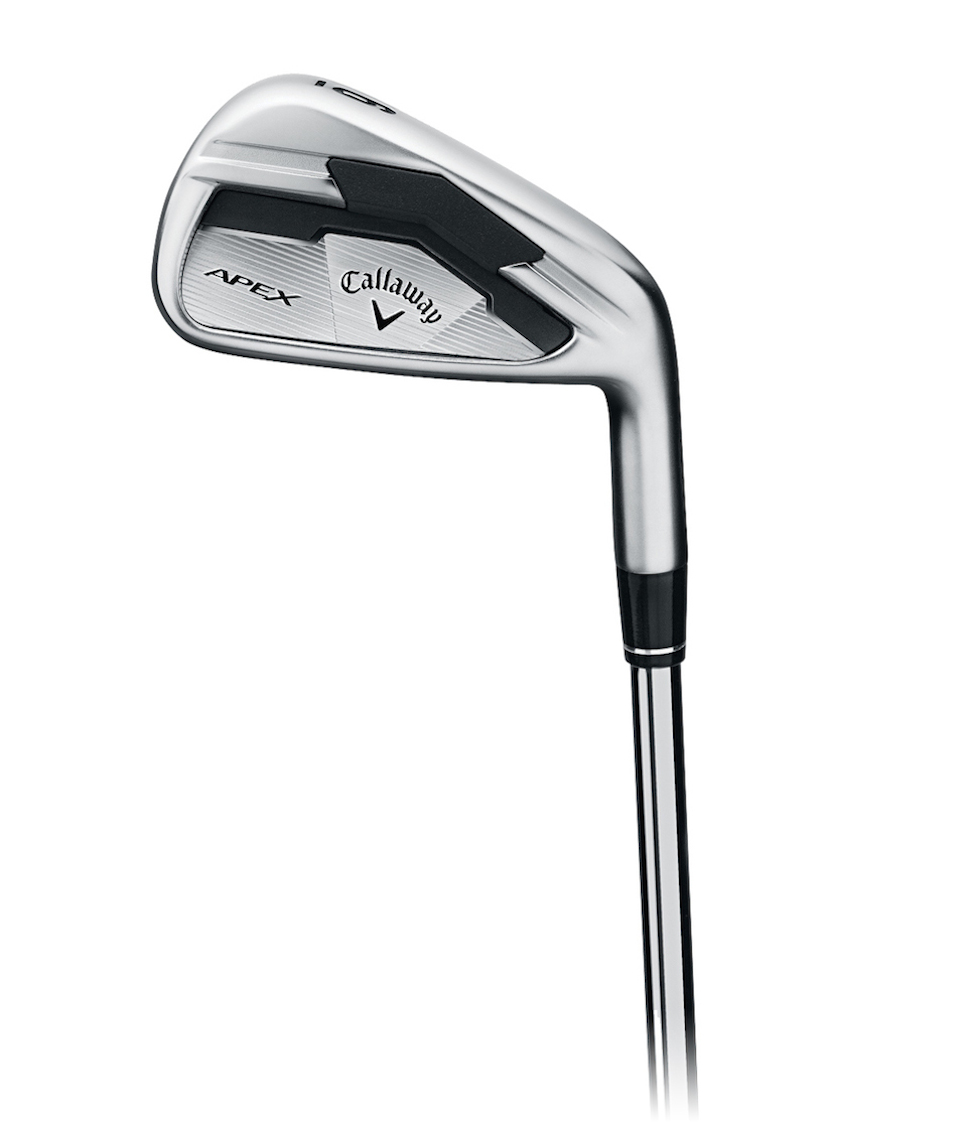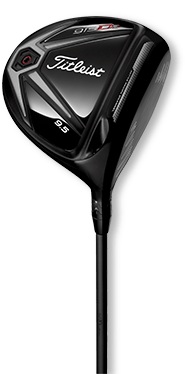 Titleist has unveiled their new series of drivers and woods with the 915 featuring a new technology for Titleist, the Active Recoil Channel™ and the Radial Speed Face, a refinement on the face to improve distance on off center hits. The face changes also allow more weight to be shifted back on the head improving the head’s MOI with a lower and deeper center of gravity (CG). This driver has already seen success on tour with Jordan Spieth (915D2) winning the recent Australian Open and Hero World Challenge and their other top players having the D2 (Jimmy Walker, Bill Haas) or D3 (Adam Scott) in the bag.
Titleist has unveiled their new series of drivers and woods with the 915 featuring a new technology for Titleist, the Active Recoil Channel™ and the Radial Speed Face, a refinement on the face to improve distance on off center hits. The face changes also allow more weight to be shifted back on the head improving the head’s MOI with a lower and deeper center of gravity (CG). This driver has already seen success on tour with Jordan Spieth (915D2) winning the recent Australian Open and Hero World Challenge and their other top players having the D2 (Jimmy Walker, Bill Haas) or D3 (Adam Scott) in the bag.
This review will take a closer look at the “higher launch, lower spin” claims of the 915 versus the previous models, 913 and 910.

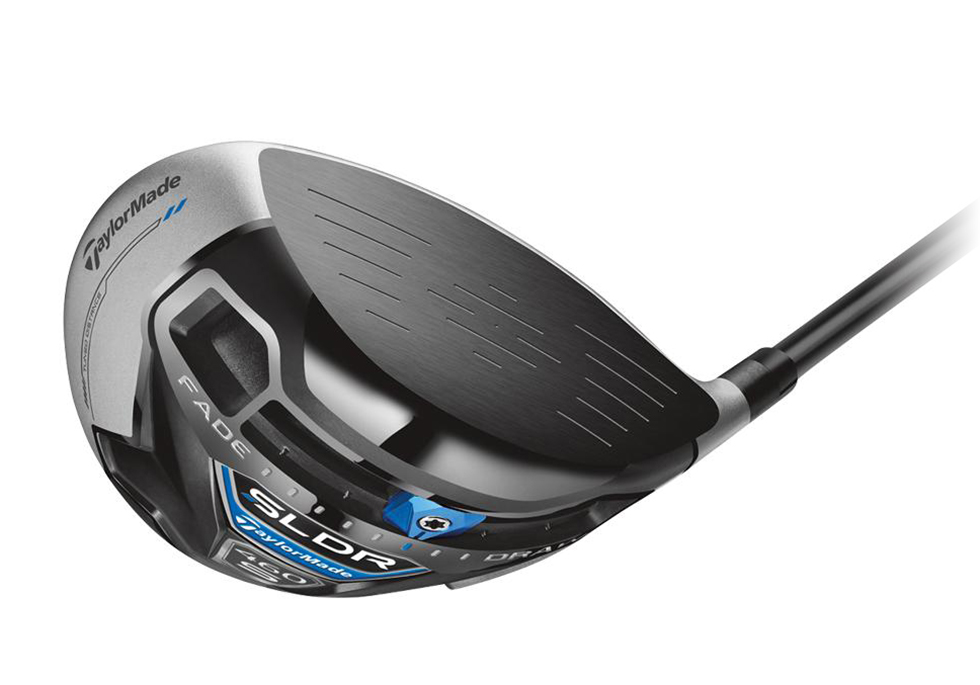
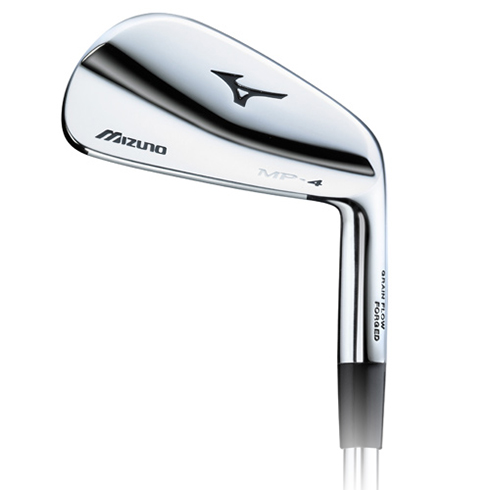
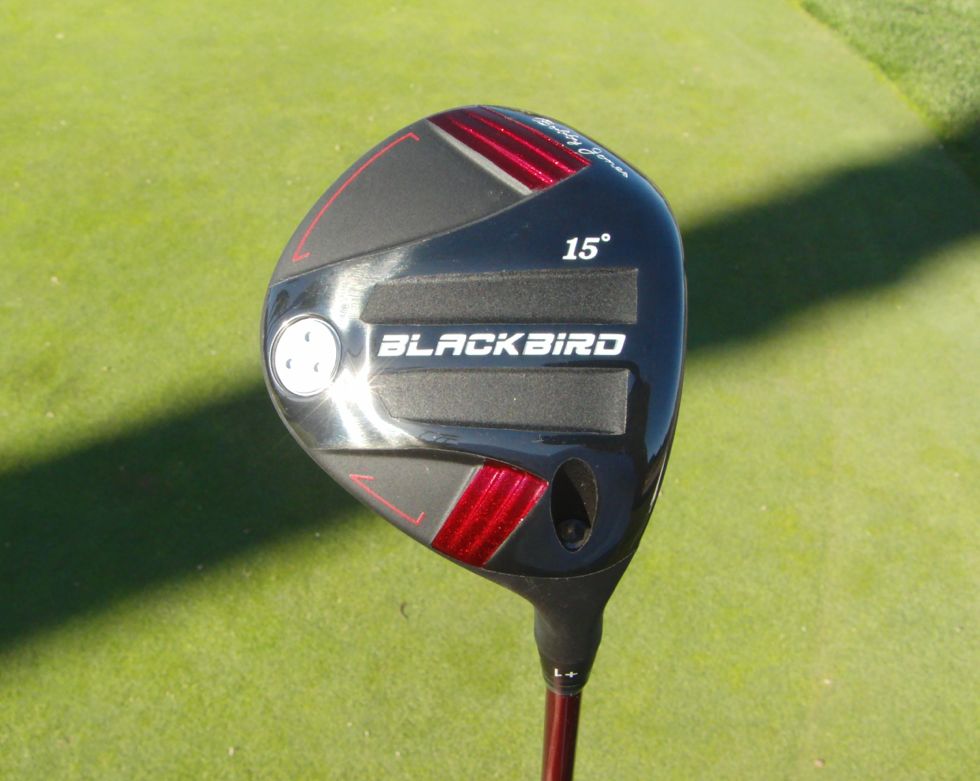
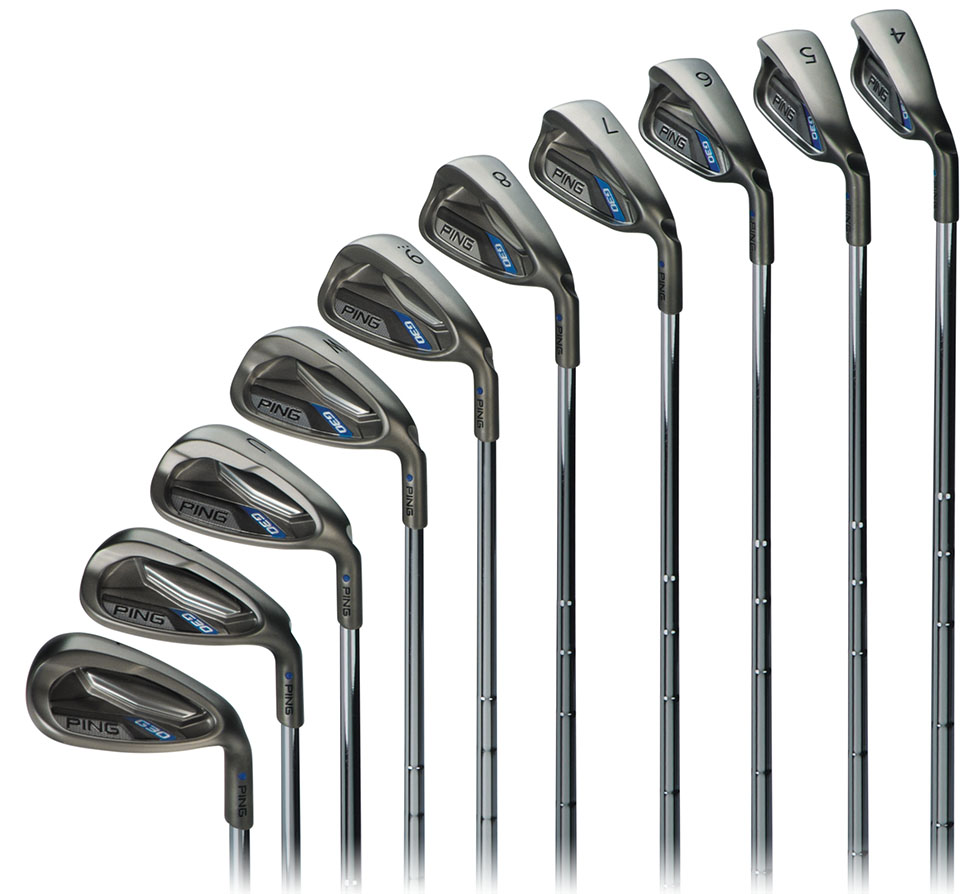
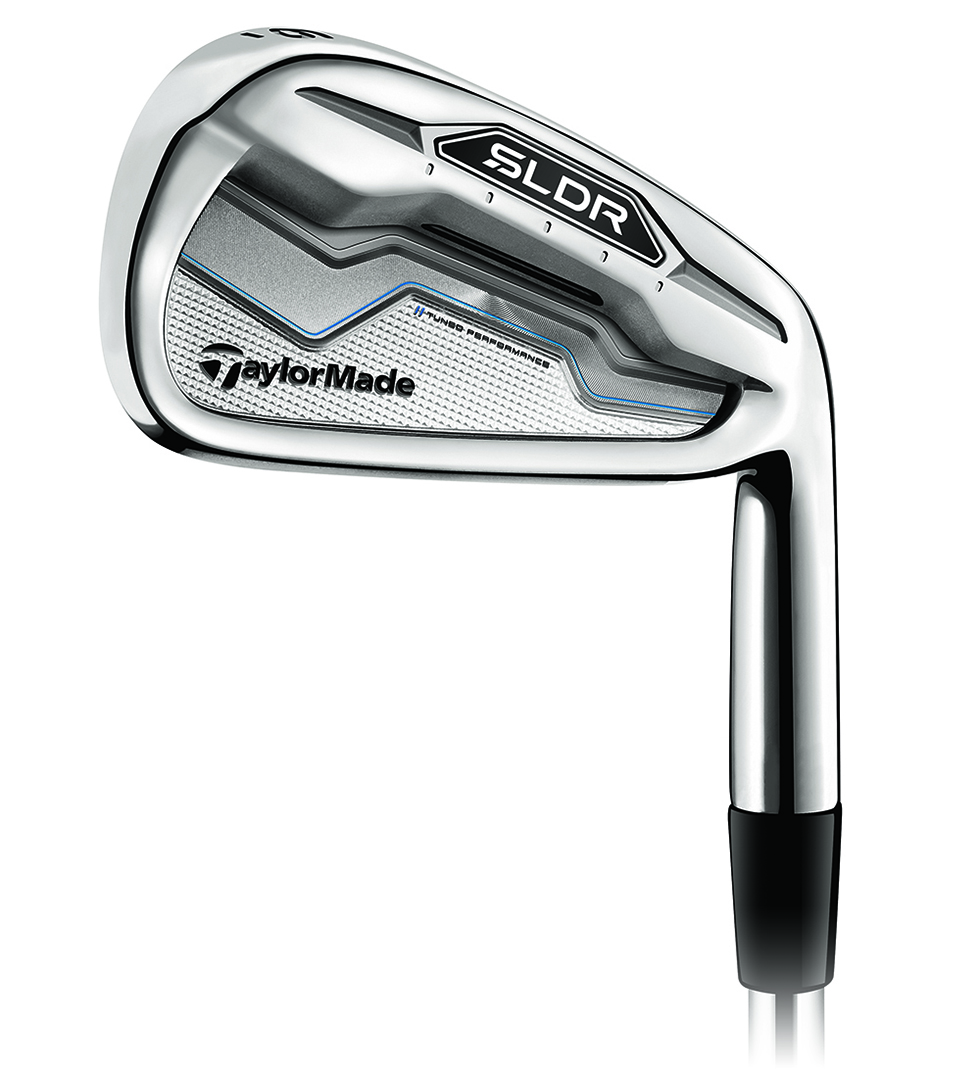
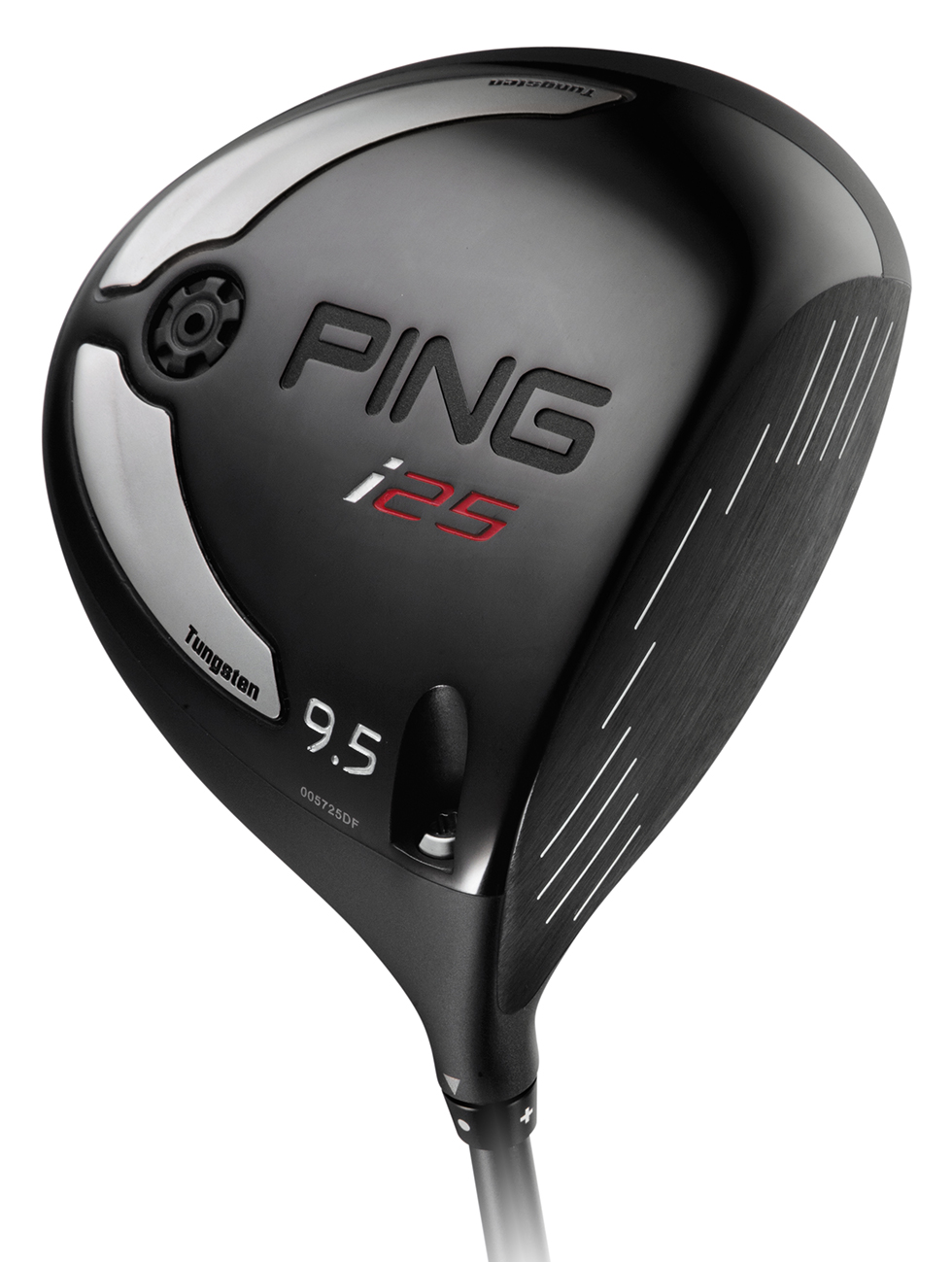
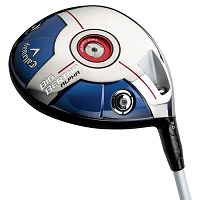 Rebranding a popular line of golf clubs has got to be a very daunting task. If you are from my generation, you remember the first popular metal golf clubs to hit were the Big Bertha line of drivers from Callaway. The market share at the time was very big; they ruled the “oversized” driver market until TaylorMade got wise to shift to titanium.
Rebranding a popular line of golf clubs has got to be a very daunting task. If you are from my generation, you remember the first popular metal golf clubs to hit were the Big Bertha line of drivers from Callaway. The market share at the time was very big; they ruled the “oversized” driver market until TaylorMade got wise to shift to titanium.